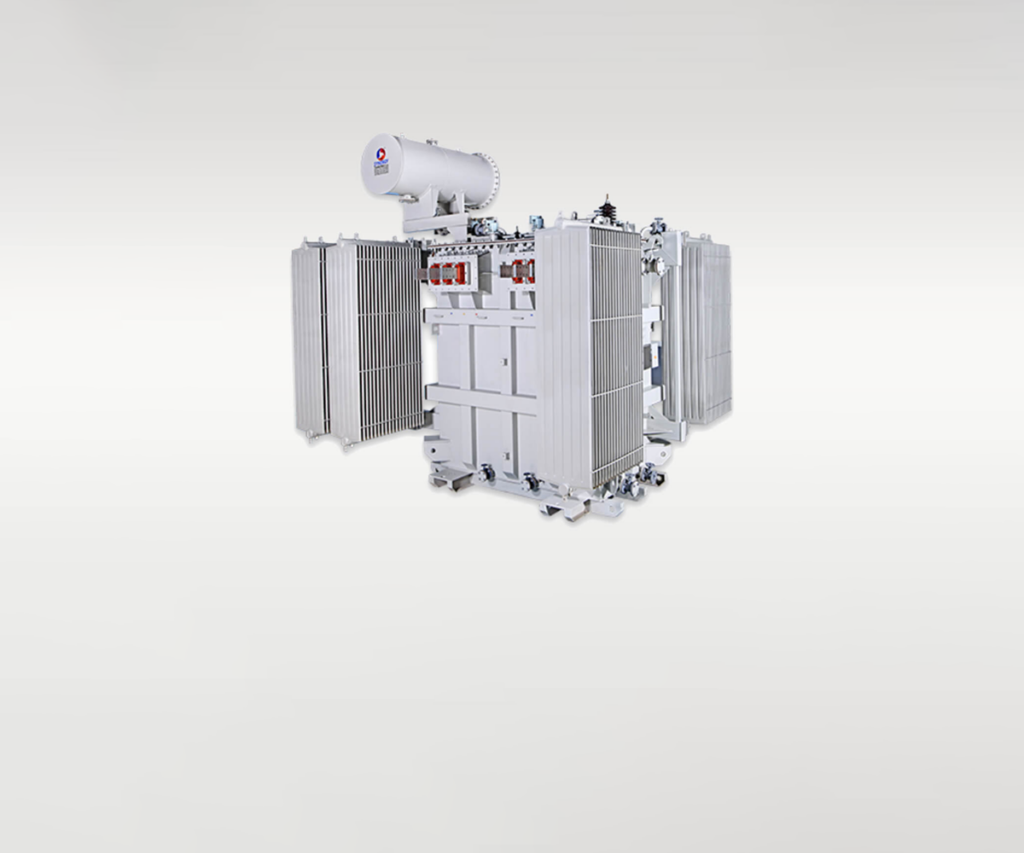One of the fundamental reasons that we utilize AC voltage and flows in our house and working environment is that AC supplies can be effectively produced at a conductive voltage, and changed into a lot higher voltages and afterward appropriated around the nation utilizing the national network of wire cables over extremely significant distances.
The reason for changing the voltage to a lot more elevated level is that higher distribution voltages suggest lower current flows for a similar power and so lower I2*R failures along with the arranged network of cable links. These higher AC transmission voltages and flows would then be able to be diminished to a much lower, more secure, and usable voltage level where it tends to be utilized to supply electrical hardware in our house and work areas, and this is conceivable on account of the essential Voltage Transformer.
Voltage transformer essentials
The Voltage Transformer can be considered as an electrical part rather than an electronic part. A transformer fundamentally is an exceptionally basic static (or fixed) electro-magnetic inactive electrical gadget that chips away at the guideline of Faraday’s law of acceptance by changing electrical energy starting with one worth over then onto the next. Explore Compact Substation
The transformer does this by connecting together at least two electrical circuits utilizing a typical oscillating magnetic circuit which is delivered by the actual transformer. A transformer works on the directors of “electromagnetic acceptance”, as Mutual Induction.
Common enlistment is the cycle by which a loop of wire magnetically initiates a voltage into one more coil situated in nearness to it. Then, at that point, we can say that transformers work in the “magnetic area”, and transformers get their name from the way that they “change” one voltage or current level into another.
Transformers are prepared to do either expand or diminish the voltage and current flow levels of their stock, without adjusting its recurrence, or the measure of electrical power being moved to start with one twisting then onto the next through the magnetic circuit.
